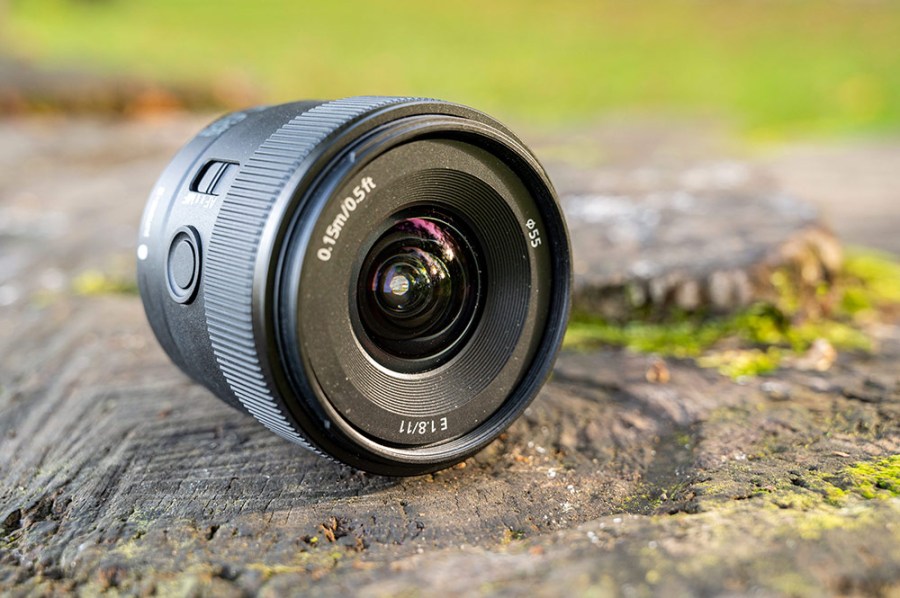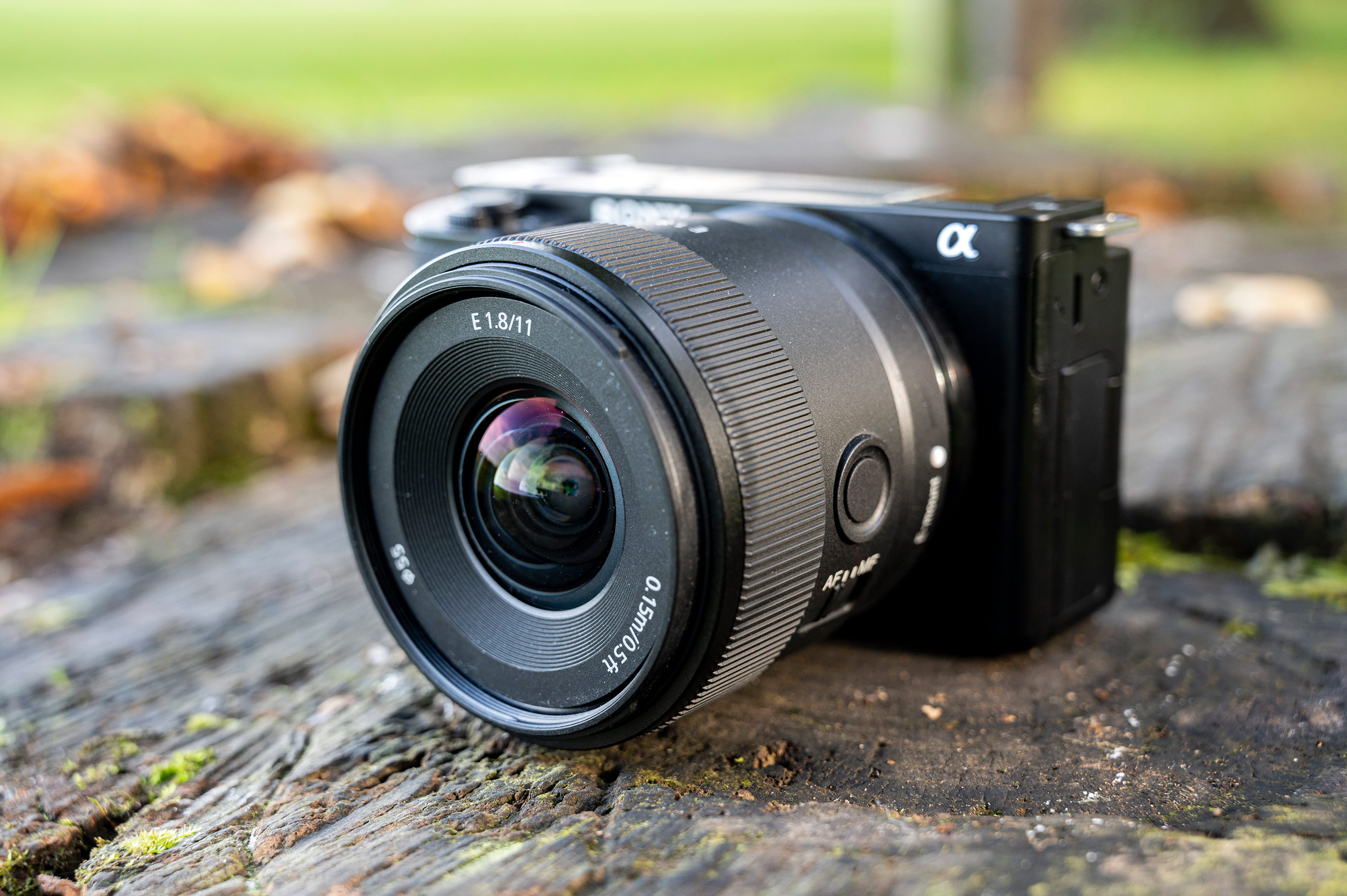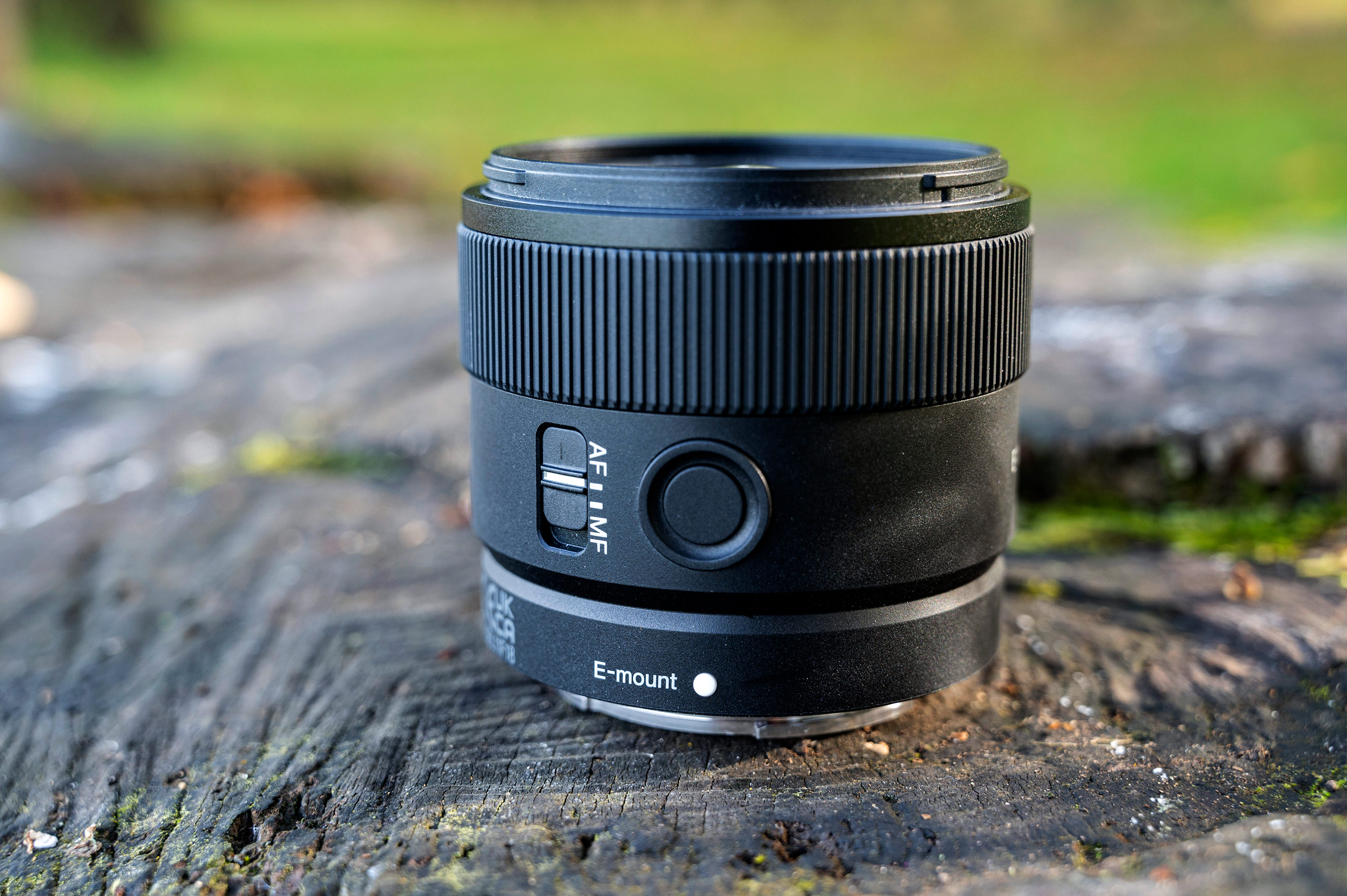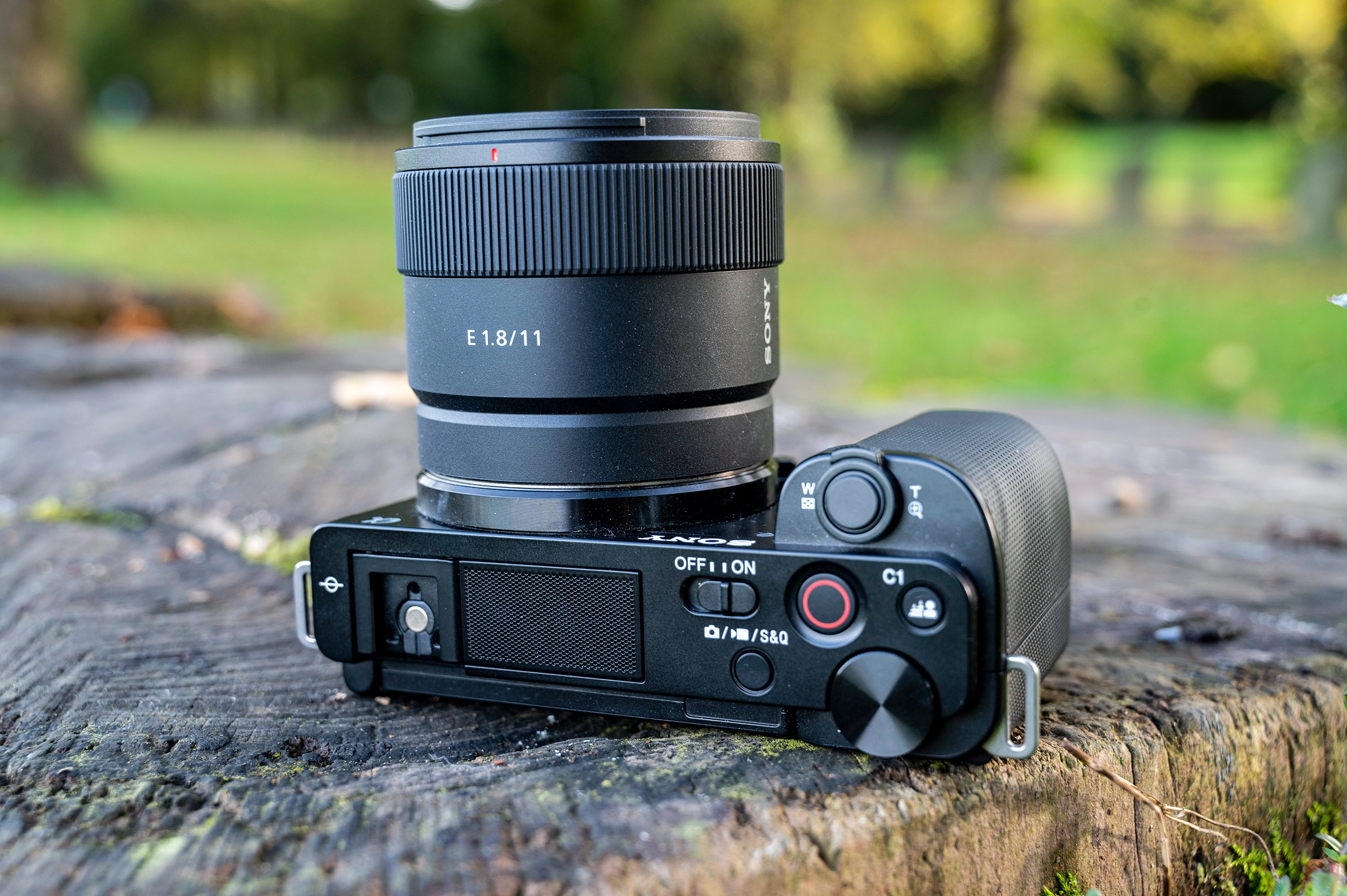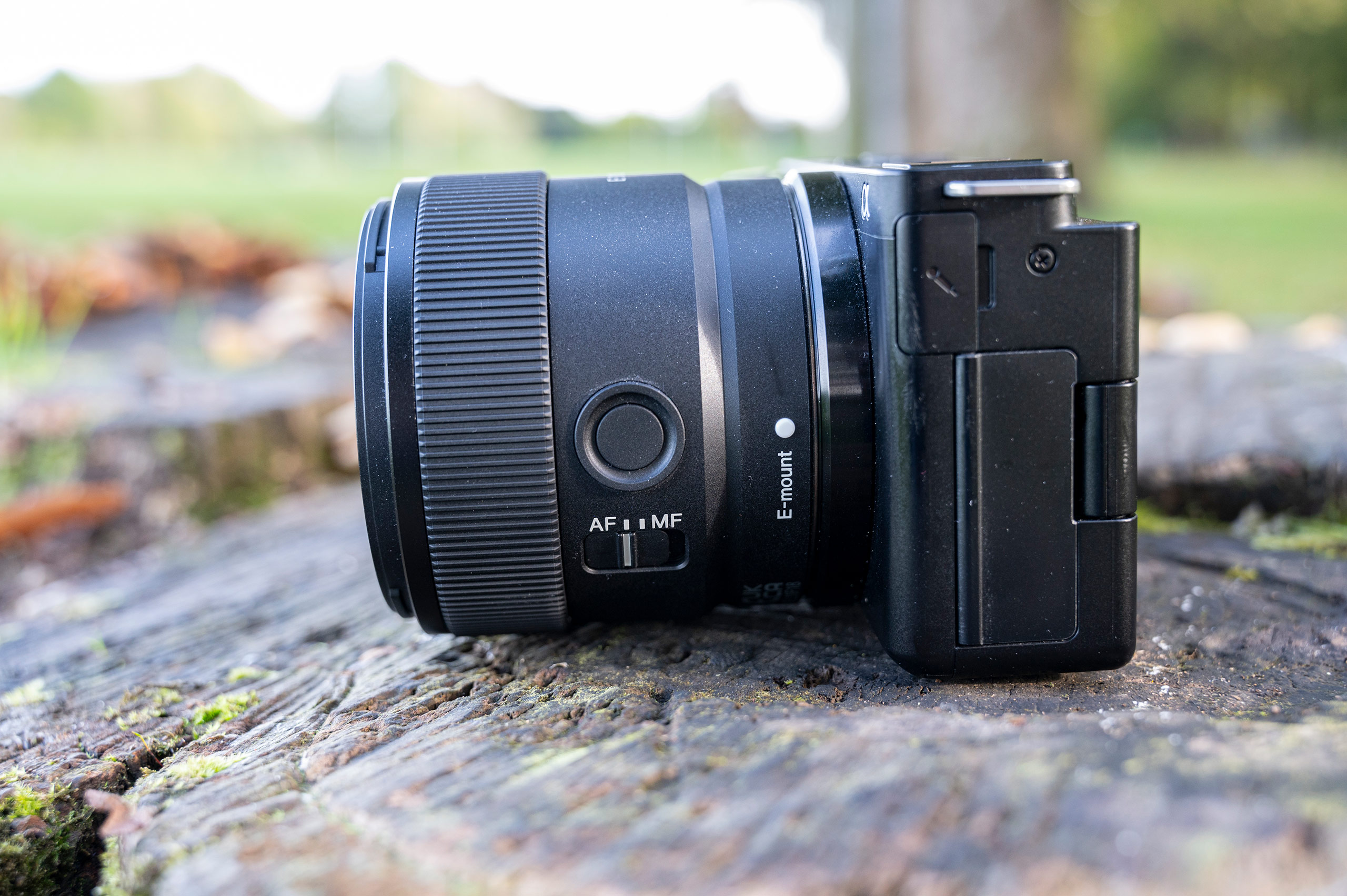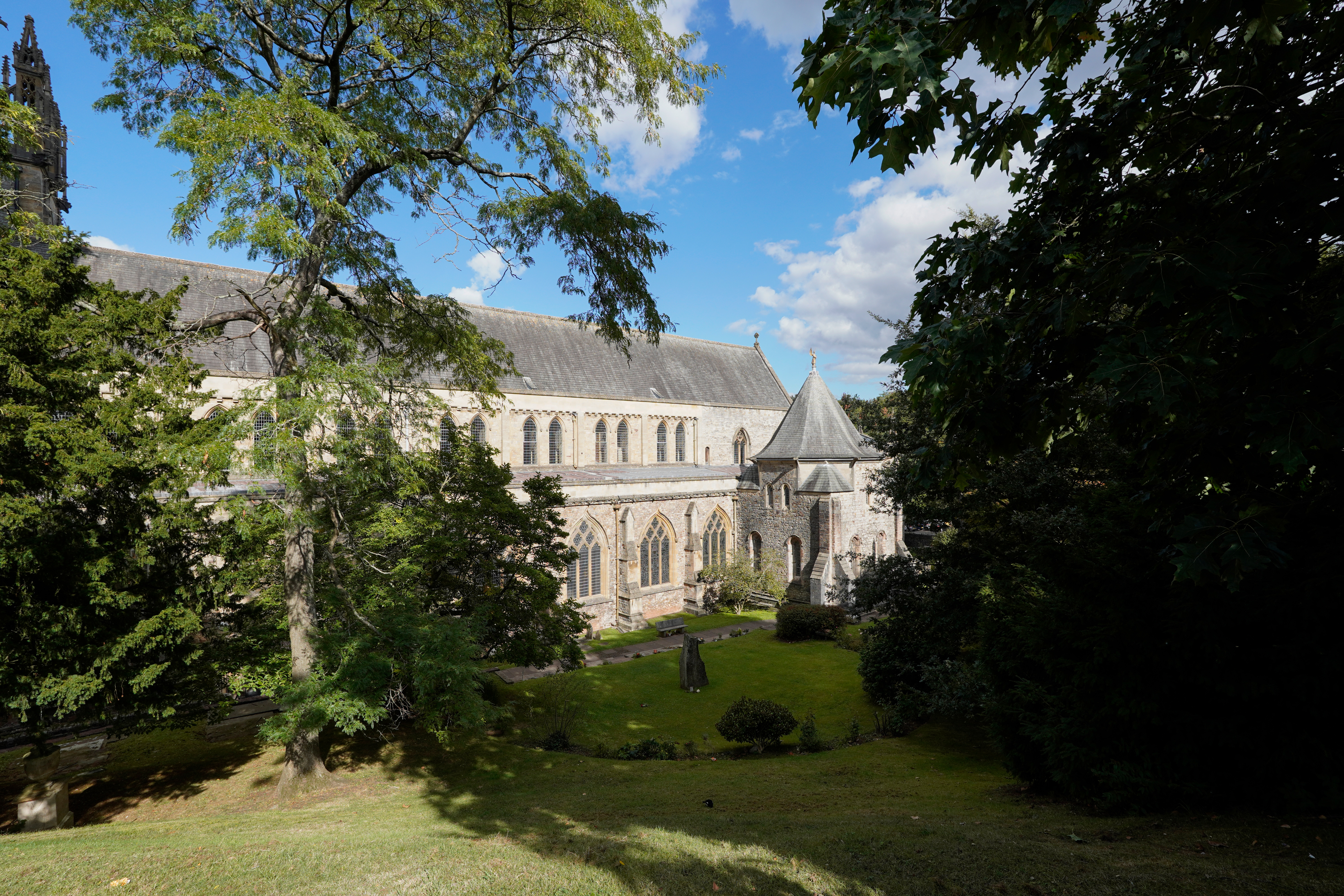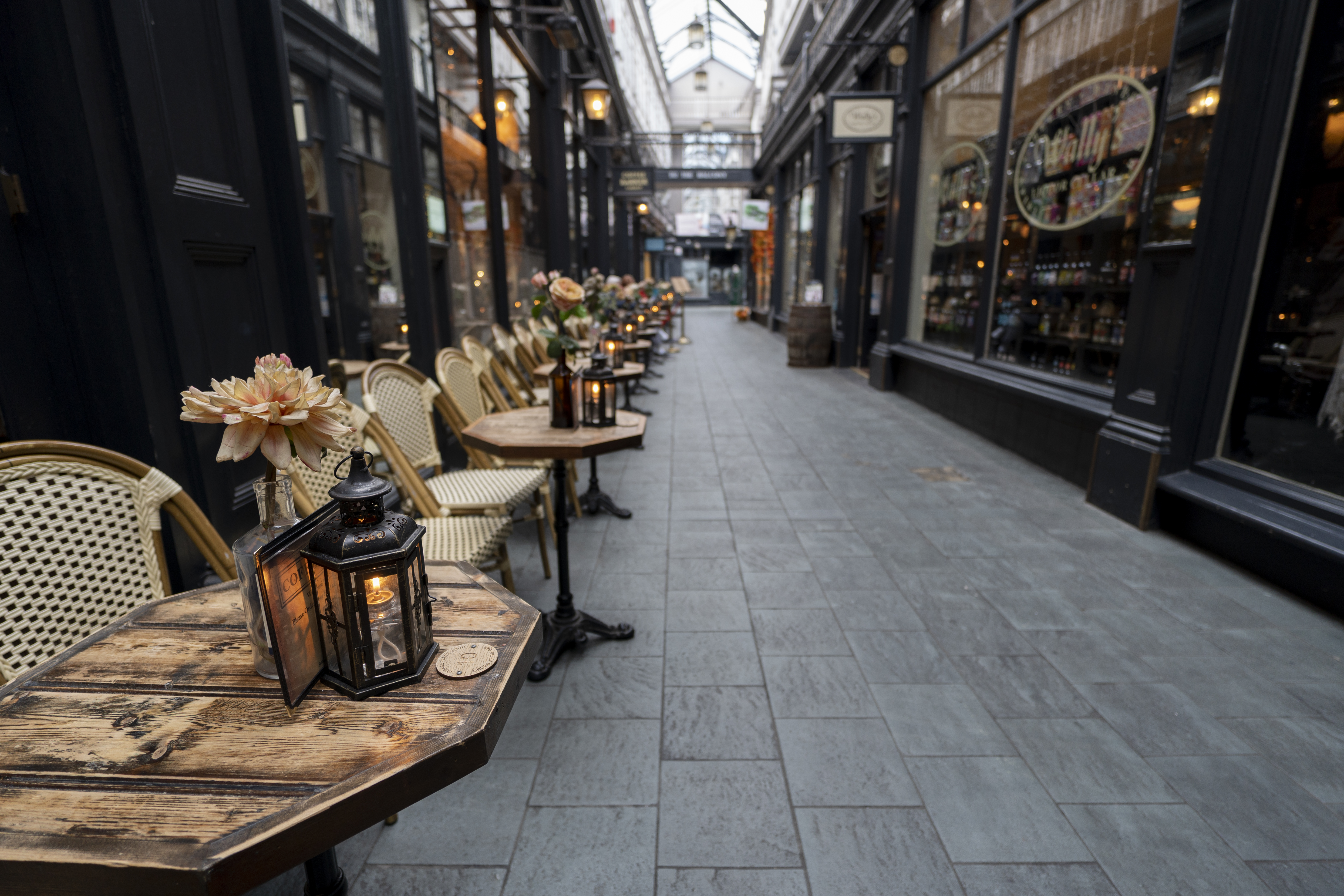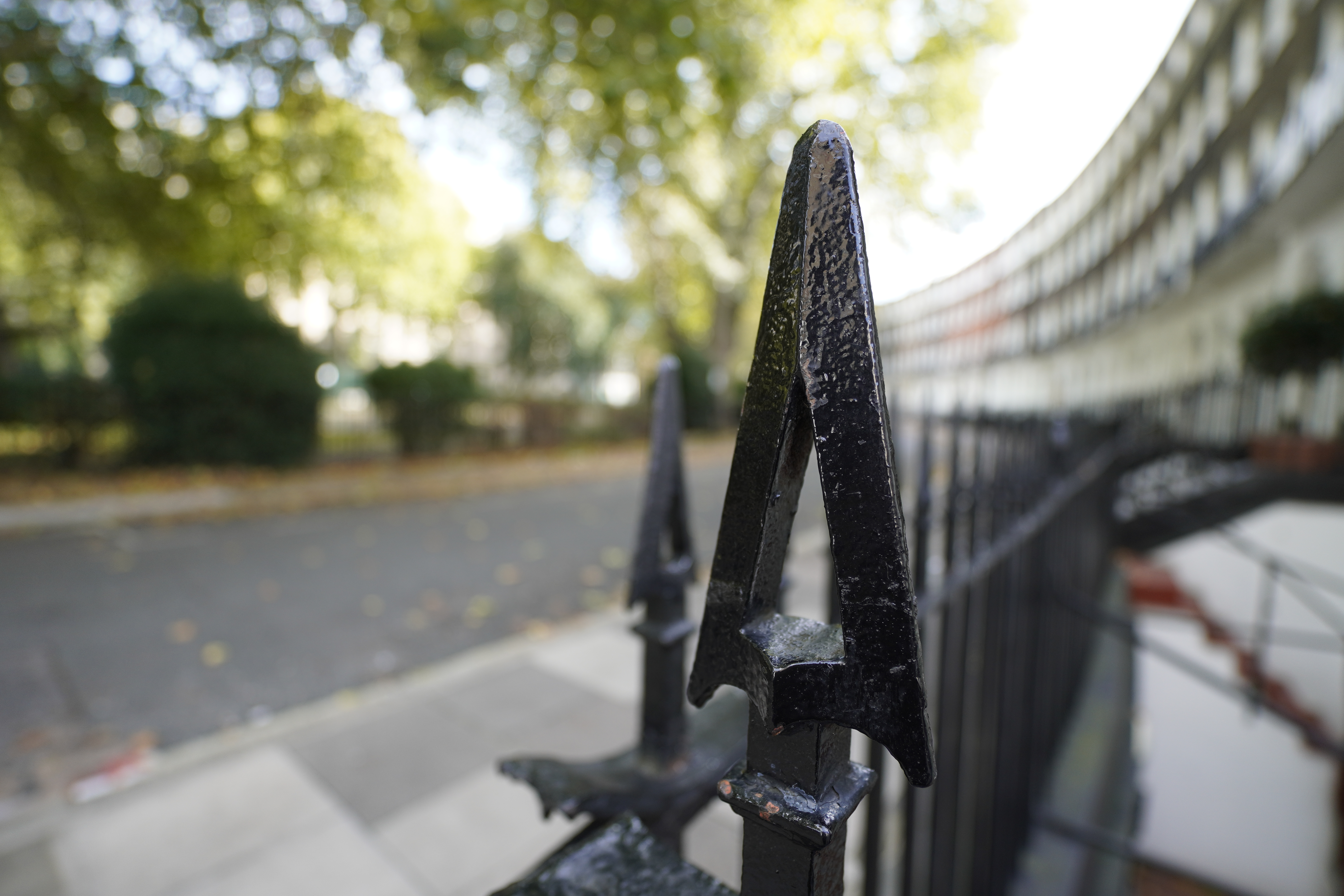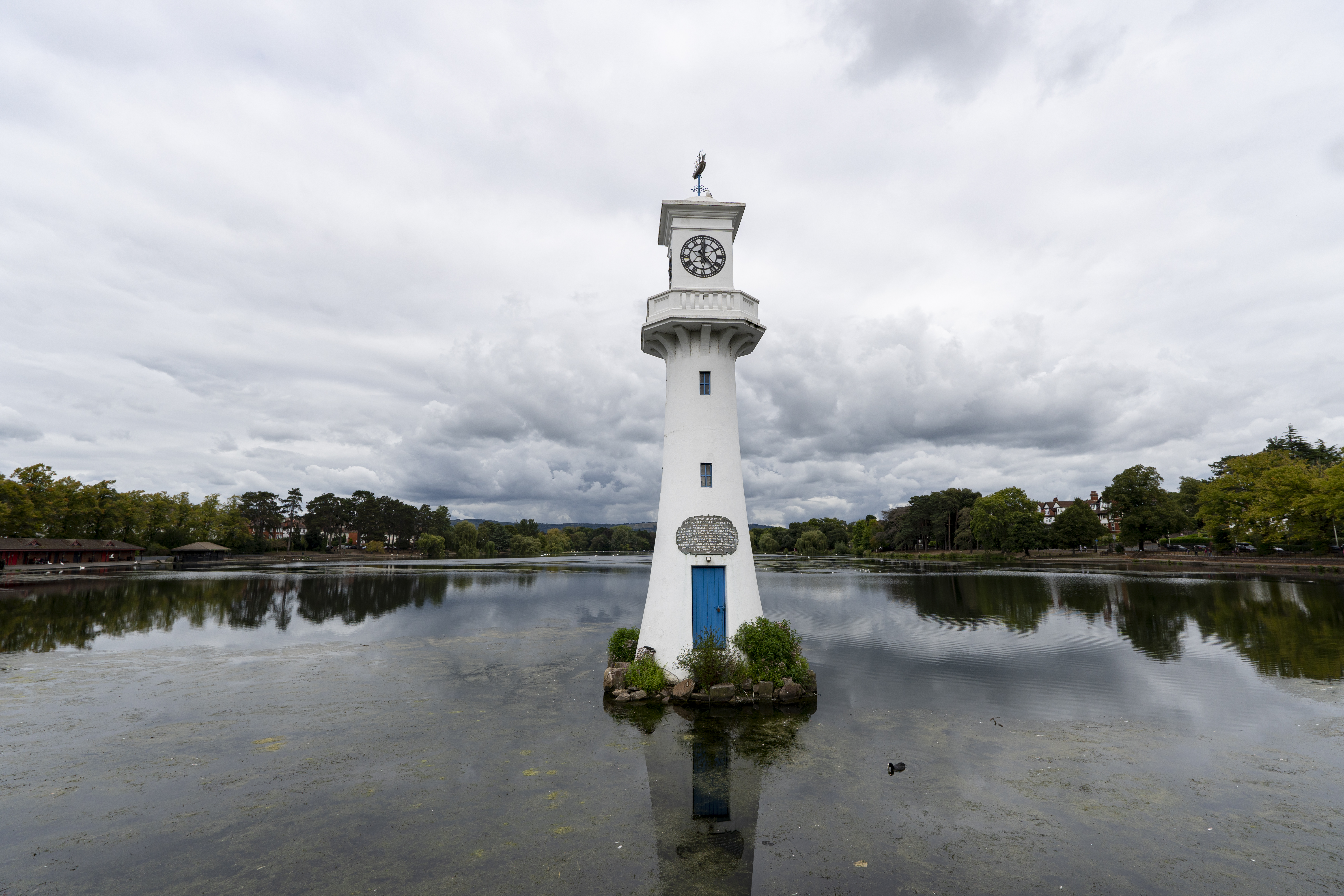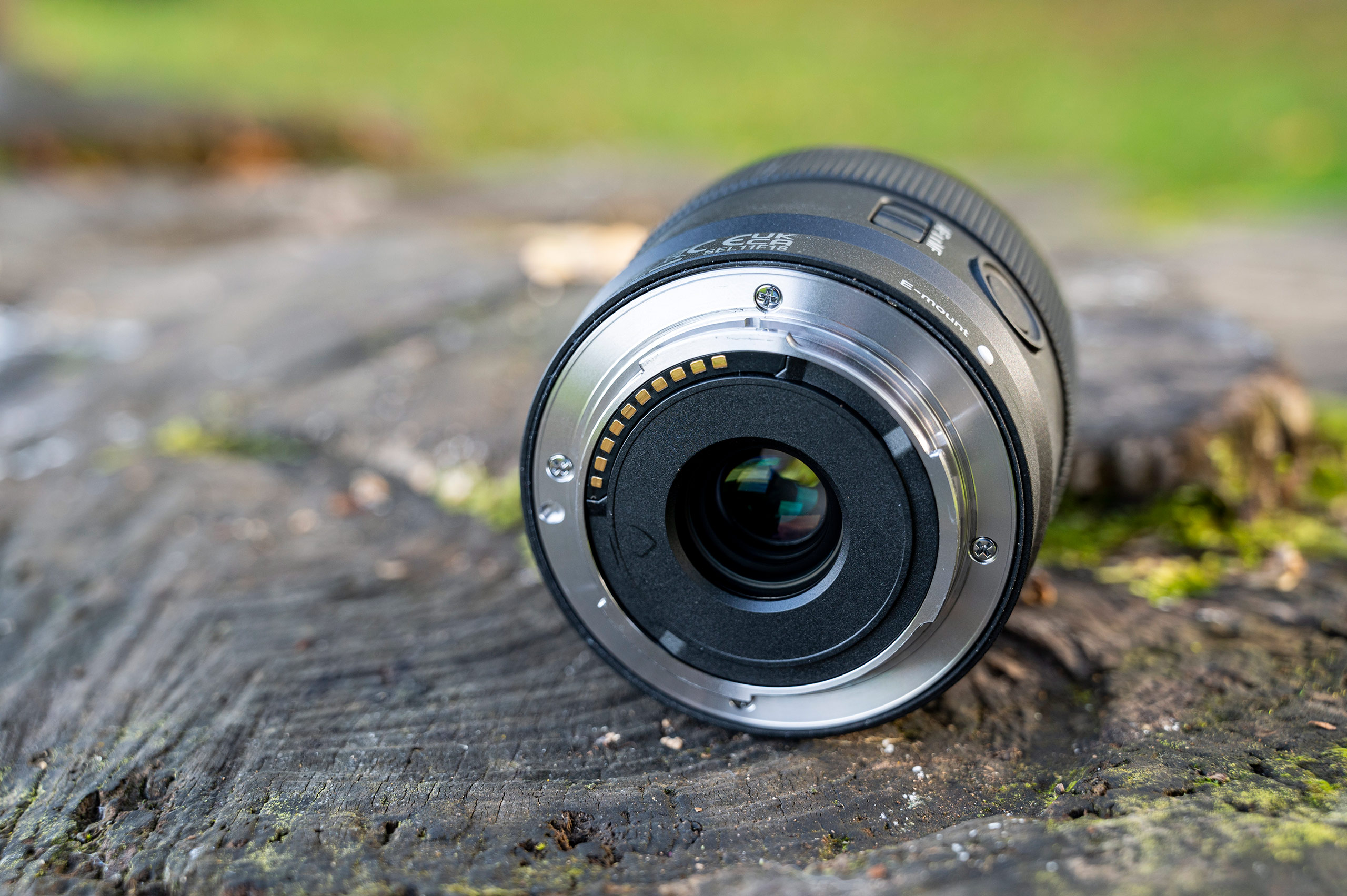Amateur Photographer verdict
A well-priced lens that is excellent for the vlogging for which it was designed; and adept in stills photography, too.- Compact and lightweight
- AF-hold button and AF/MF switch
- Bright aperture
- No optical stabilisation
Amy Davies investigates whether the Sony E 11mm F1.8 wide-angle lens for Sony APS-C cameras is a worthy investment for stills photographers as well as vloggers. With an ultra-wide-angle view, could this be one of the best lenses for video? Find out in our full review.
Sony E 11mm F1.8 at a glance:
- Price: $548 / £499
- Min. focusing distance: 0.15m (AF), 0.12 (MF)
- crop factor: 1.5x
- Mount: Sony E (APS-C)
- Filter thread: 55mm
- Sony.com
Launched in July 2022, the Sony 11mm f1.8 lens was designed for Sony’s E-mount APS-C cameras like the Sony A6500 or A6600 and video-focused Sony ZV-E10. It is the widest native prime lens for Sony APS-C; exceeding the Sony 10-20mm F4 PZ, and Sony 15mm F1.4 G released with it.
APS-C has a crop factor of 1.5x, so the 11mm lens offers an equivalent focal length of 16.5mm. This is ideal for photography subjects like architecture and landscape. The f/1.8 maximum aperture also makes it well-suited to low light work. It also boasts a close-focusing distance of 0.15m (0.12m in manual focus), which in conjunction with the wide aperture make it a useful shooting option for close-ups isolated from the nearby background.
The focal length of the lens makes it suitable for vlogging and video content creation, too. It’s great for filming pieces handheld to camera to include some of the background; and in small spaces.
Despite being aimed towards video users, an ultra wide angle lens is always a useful addition to any photographer’s kit bag. This example is priced relatively affordably, and is small and lightweight enough to carry for everyday use.
The current recommended retail price of the Sony 11mm f/1.8 is £500. Hardly cheap, yet not exorbitant. There aren’t many direct competitors for this lens in the Sony E Mount, but worth considering also are the Laowa 10mm f/4 “Cookie” lens, or the Laowa 9mm f/2.8 lens. Both are cheaper than the Sony, but have manual focus and narrower apertures. There’s also the Samyang AF 12mm f2 E, which comes a lot closer in specifications and is available for around £140 less than the Sony. You lose a little when it comes to maximum aperture; but you get autofocus.
Features
The Sony 11mm f/1.8 has 12 elements in 11 groups, which include three aspherical elements for superior sharpness and three ED (Extra-low Dispersion) glass elements. Sony claims these produce superior image quality by suppressing chromatic aberration and colour fringing.
A dust and moisture-resistant design means that you needn’t worry about the odd rain splash on the 11mm. (Note that it’s not tested to withstand full immersion in water.)
Seven diaphragm blades create the aperture, and there is a maximum magnification ratio of 0.13x (AF) and 0.20x (MF). It’s not exactly perfect for macro-type subjects because of that, but the close-focusing distance of just 0.15m (AF) or 0.12m (MF) mean you can get pretty close to a subject where you might want to create a blurred background.
There is no inbuilt image stabilisation in the lens, but that’s generally to be expected for ultra-wide-angle lenses like this. At the focal length, it’s unlikely that camera shake will be a big problem. You can also can generally rely on the in-body image stabilisation of the camera you use it with – though be aware that the ZV-E10 doesn’t have it.
Build and Handling
The 11mm is neatly compact and light. It’s 66mm in length and 57.5mm in diameter, making it about palm-sized. It’s just 181g, so won’t overload your kit bag. It’d make a good complementary lens for those who want to travel light, but want the option of an ultra wide lens. In addition to something like a 16-80mm, it will provide that extra width, as well as the f/1.8 aperture which can be useful in low light.
For this test, I’ve been using the 11mm lens with the Sony ZV-E10; primarily designed as a vlogging camera. It’s one of Sony’s smaller E Mount cameras, but the lens balances fairly well on it, making for a nice overall setup. It would also work pretty well with more stills focused cameras, though the A6600 or A6500 might dwarf it somewhat.
The lens has a mostly plastic construction, but the metal lens mount feels robust enough to endure.
Lenses of this size are generally simple in outward design, and this is no different. There is an AF/MF switch for moving between autofocus and manual focus, while there’s a button which can be customised to control a couple of functions from the main menu.
Taking up about a third of the lens barrel is the manual focusing ring. It has no hard stops at either end of the ring, but as with all mirrorless cameras, there’s plenty of tools with which to optimise manual focusing. With the ZV-E10, there is no viewfinder built in, but generally you can display things like focus peaking in the viewfinder or on the screen. The ring has a nicely smooth movement, but there’s a nice resistance to allow for making fine adjustments.
In the box is a lens hood which can be reversed when transporting the lens to minimise the overall size.
Autofocus
We all love a fast autofocus, but vloggers and video users need it to be as quiet as possible, too. Luckily, the 11mm performs well on both counts; locking onto the subject with relative ease in almost all situations.
I’ve been using it with the ZV-E10 and have no complaints with how quickly it picks out and locks onto a subject, even when you get relatively close to a subject. The only time I had any trouble was having got too close, and in very low light.
While not the most typical application for a wide-angled lens, that close focusing distance comes in handy for close-up and macro type subjects. I particularly liked it for picking up an interior architectural detail and throwing the background attractively out of focus.
Image Quality
An overall impression of sharpness is revealed in images and video taken with the Sony 11mm f/1.8. It works well across a number of different scenarios and shows off an impressive level of fine detail when you examine images very closely.
The sharpest images can be seen when you stop down a little from the maximum aperture; but even shooting wide open gets very good results. As we would expect, the softest results are evident when shooting at the narrowest aperture of f/16.
Distortion is not particularly problematic, as might be expected through an ultra-wide-angle lens. You can see some if you photograph a scene which includes lots of straight lines, but otherwise, most images appear natural looking.
Shooting wide open – or close to it – renders out of focus areas attractively, with nicely rounded bokeh visible in certain scenarios. You can sometimes see a slight vignette when shooting at f/1.8 and the subject is quite plain, but it’s not unattractive. Stopping down a couple of stops will remove it altogether – or you can fix it in post production.
A little fringing can be seen when photographing against very high-contrast backgrounds, but it’s only really noticeable if you are looking for it. It doesn’t spoil the overall impression of the image, and doesn’t appear at all in most ordinary scenes.
Sony E 11mm F1.8 Verdict
Although aimed squarely at vloggers by Sony’s marketing department, the 11mm f/1.8 lens is a pretty versatile option for stills photographers as well. It’s small and lightweight, and compared to other prime lenses in Sony’s line-up, is reasonably priced.
It gives the equivalent focal length of 16.5mm, making it ideal for a number of subjects, but particularly landscapes and architecture. Its wide aperture and close-focusing capability make it well-suited to macro-type subjects (albeit without a 1:1 reproduction of course), and low-light shooting.
It’s a good complementary lens for something which offers a 24-70mm equivalent as you’ll be able to shoot wider and in more compact spaces.
That ability to shoot in compact spaces it what also makes it good for vlogging and video-oriented folks.
While not exactly “essential”, its flexibility makes it a useful addition to any kit bag. We recommend it to anyone shooting with Sony’s APS-C E Mount cameras.

For more options have a look at the best Sony E-Mount lenses.
Related content:
- All the best Sony cameras
- Best zoom lenses for Sony
- Sony’s New Zeiss FE 16-35mm f4 Wide Angle Zoom lens

